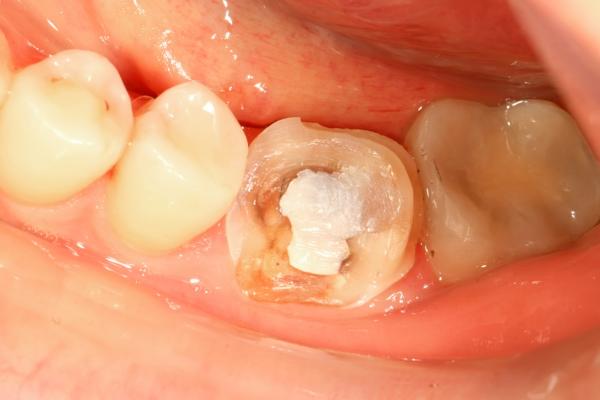Restorative Dentistry
What is restorative dentistry
Restorative dentistry focuses on repairing or replacing teeth. The main goal of restorative dentistry is to improve oral health and chewing function.
General dentists — sometimes called family dentists — perform restorative dentistry. Examples of restorative dental procedures include crowns, bridges, implants and dentures.
What’s the difference between restorative dentistry and cosmetic dentistry?
Restorative dentistry focuses on improving oral health and function. Cosmetic dentistry focuses on improving the appearance of your smile.
Some dental procedures offer both functional and cosmetic improvements (aesthetic restorative dentistry). For example, a dental crown restores chewing function, but it can also make your smile look more uniform.
Why is restorative dentistry important?
Restorative dentistry gives you the best chance at long-lasting oral health. Your dentist can help restore your smile to full function by fixing damaged or decayed teeth. This improves your ability to eat, speak and chew.
What are the types of dental restoration?
There are several different types of dental restorations, depending on your unique oral health needs:

